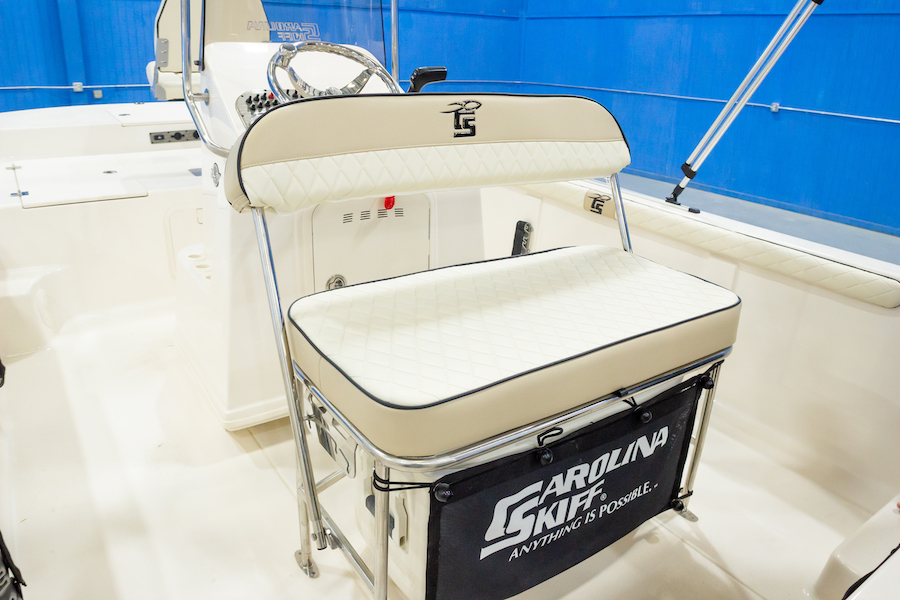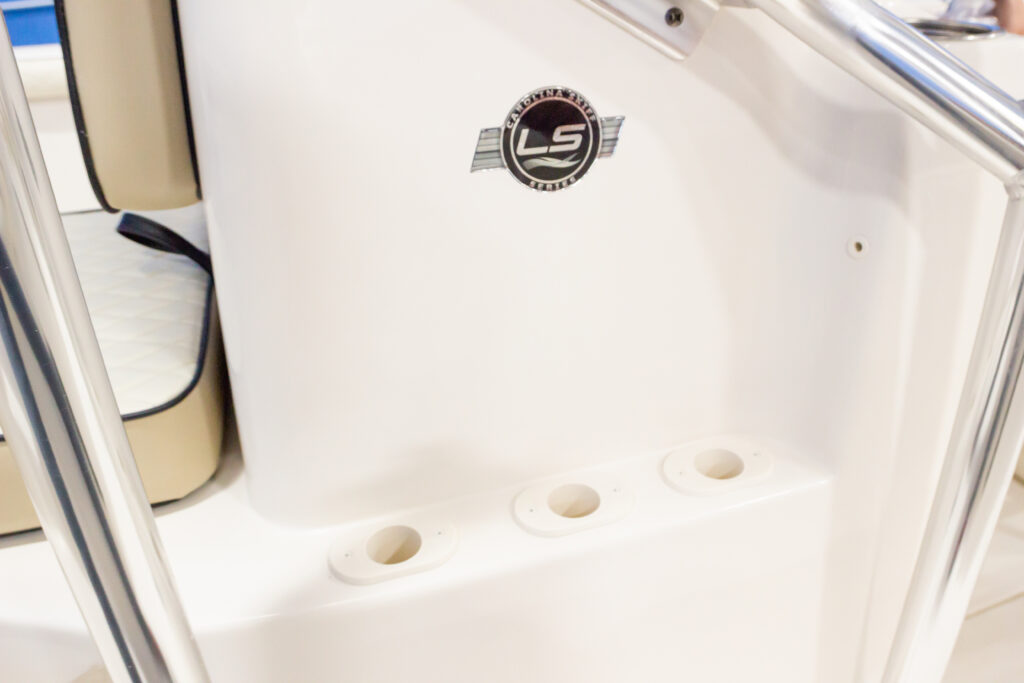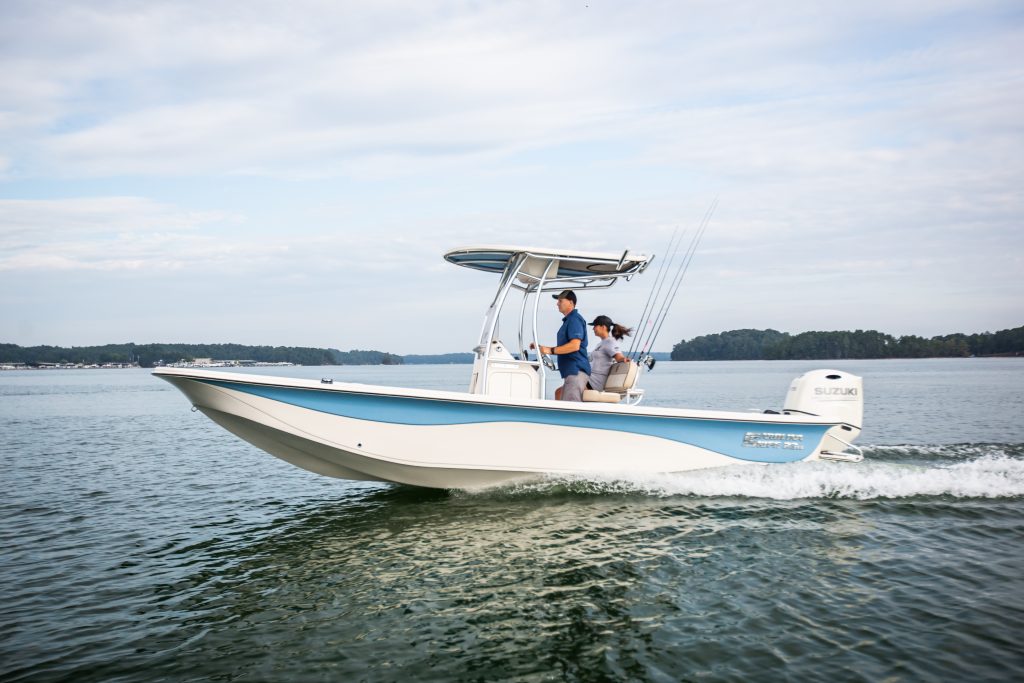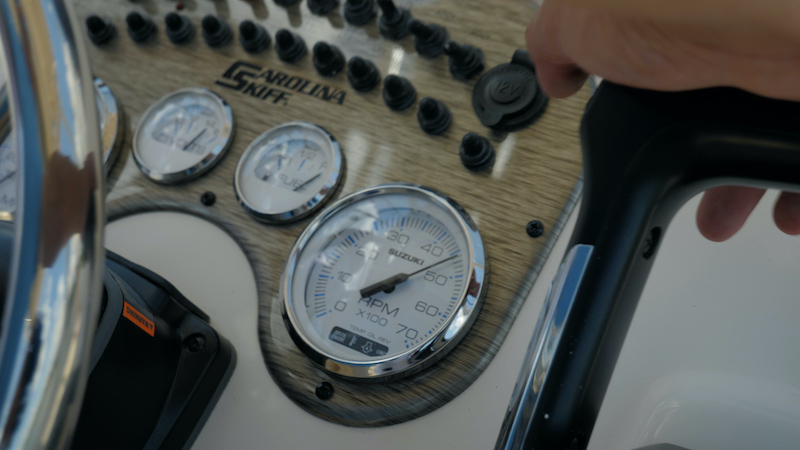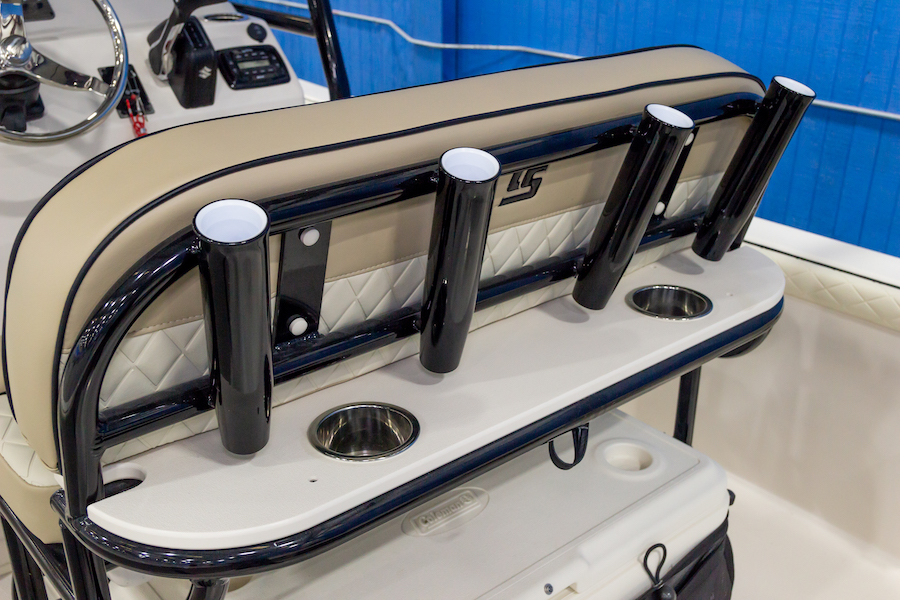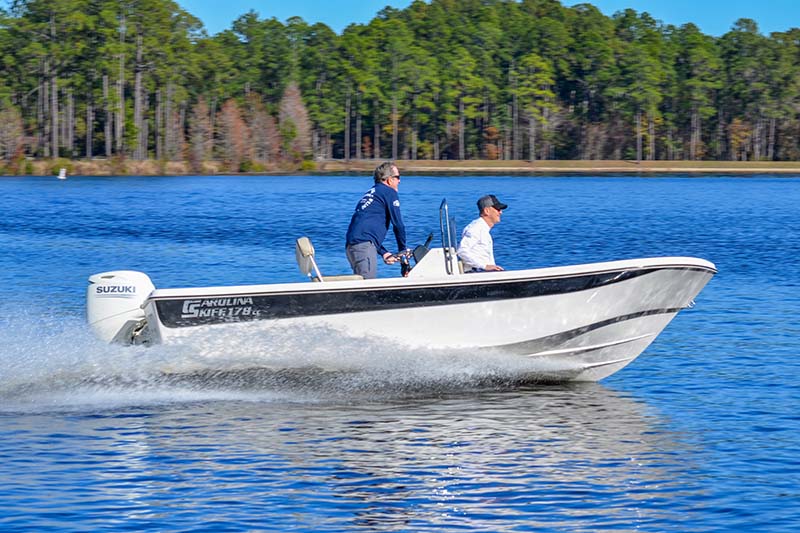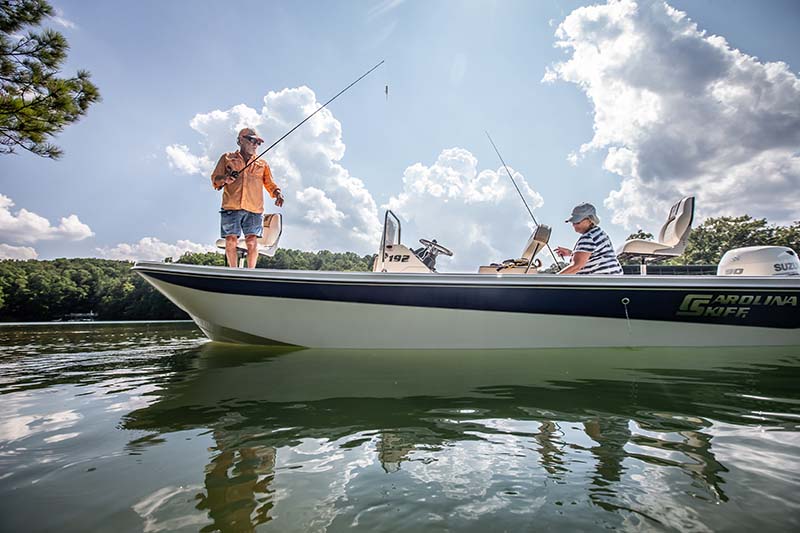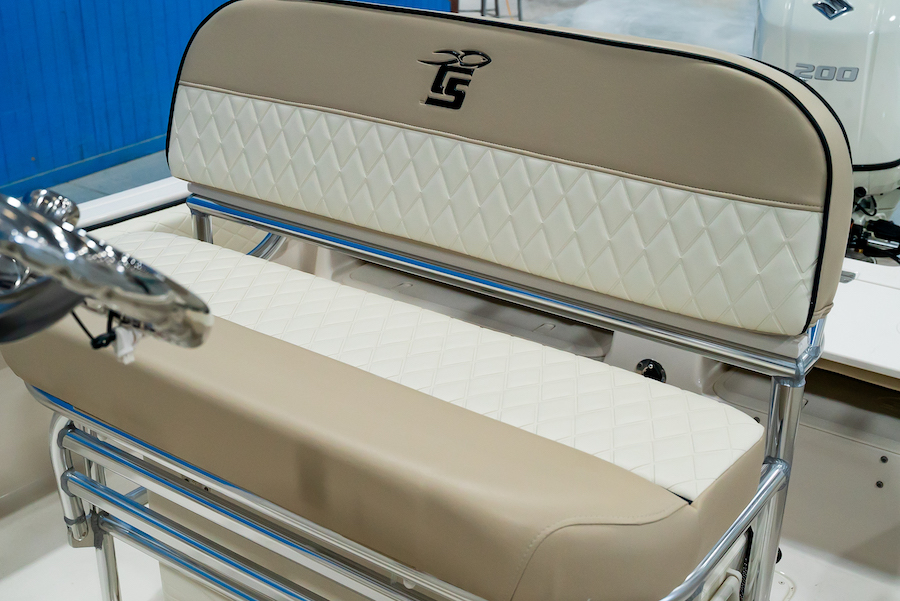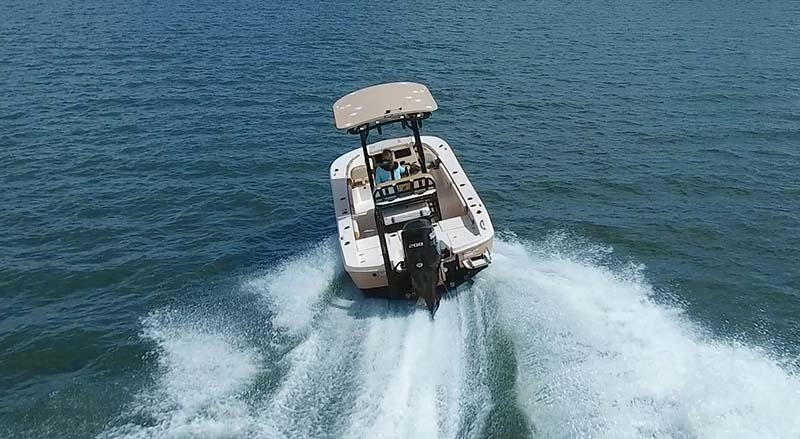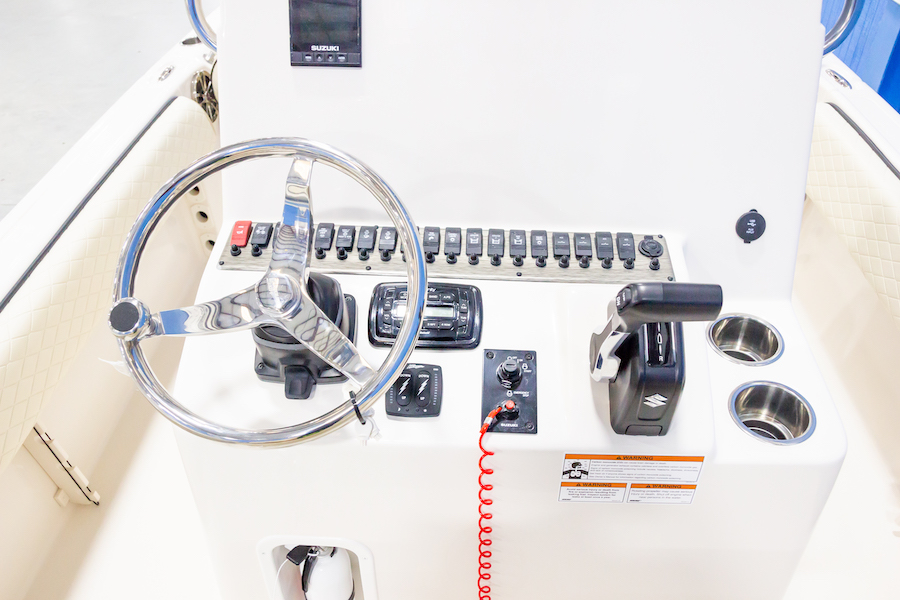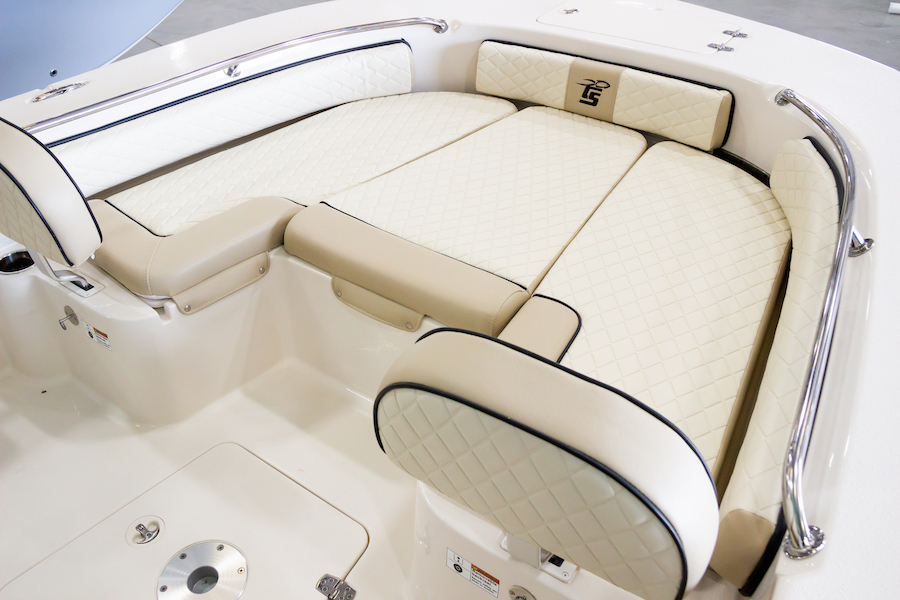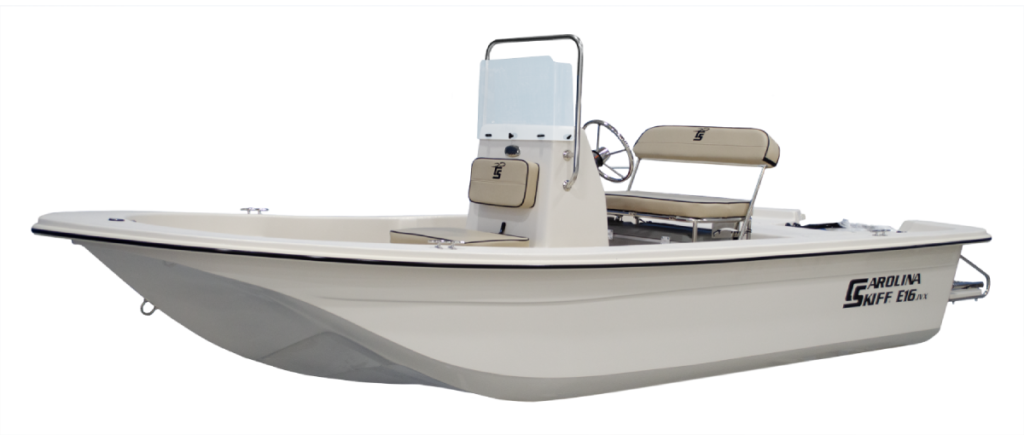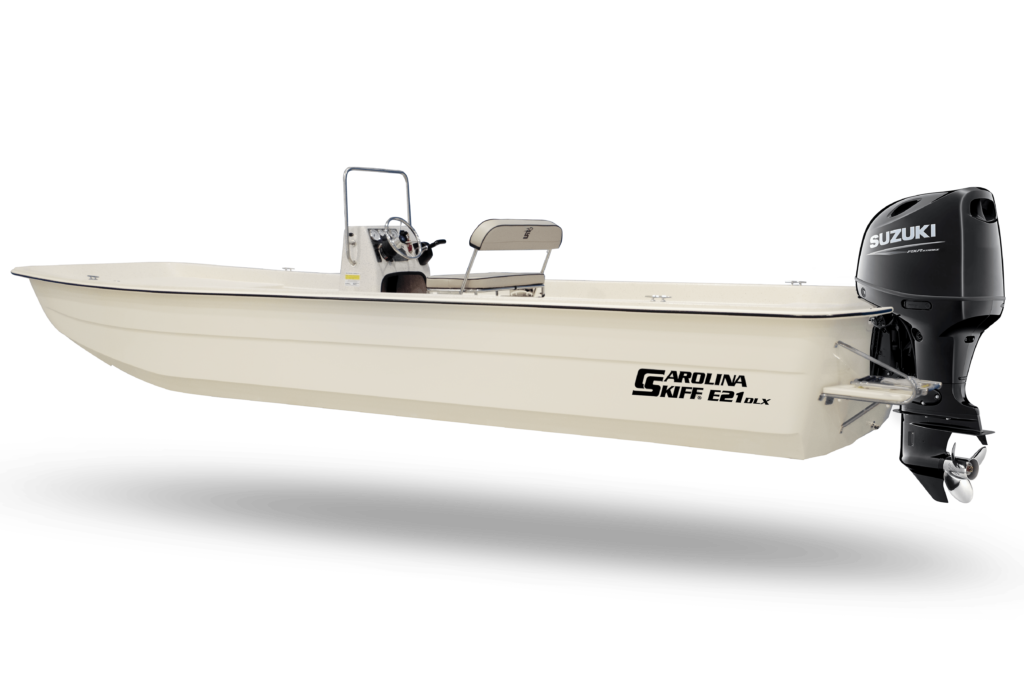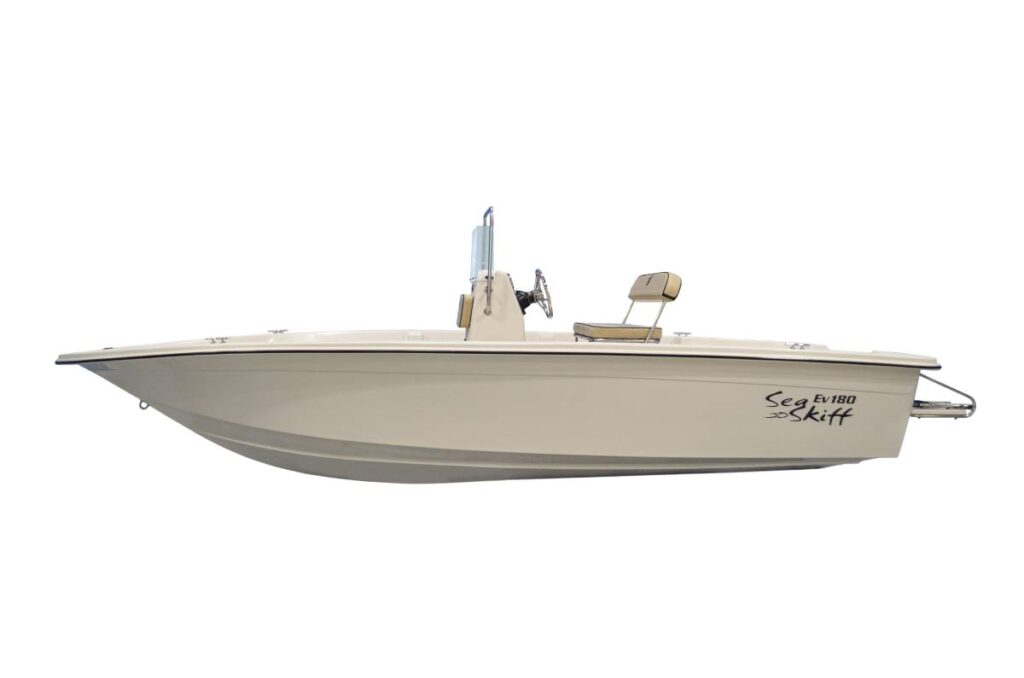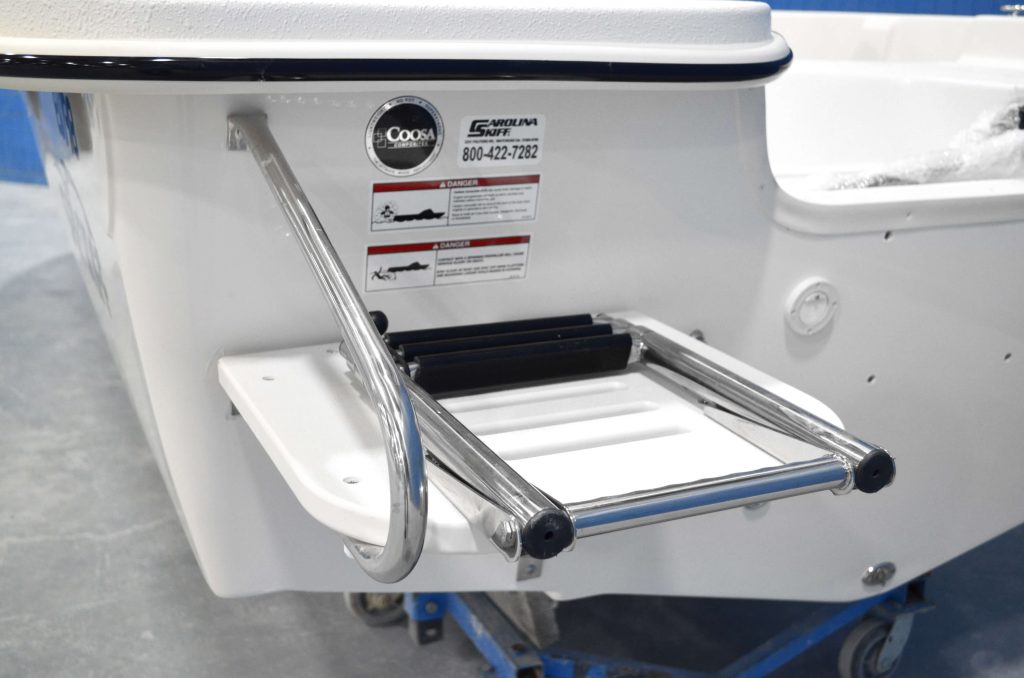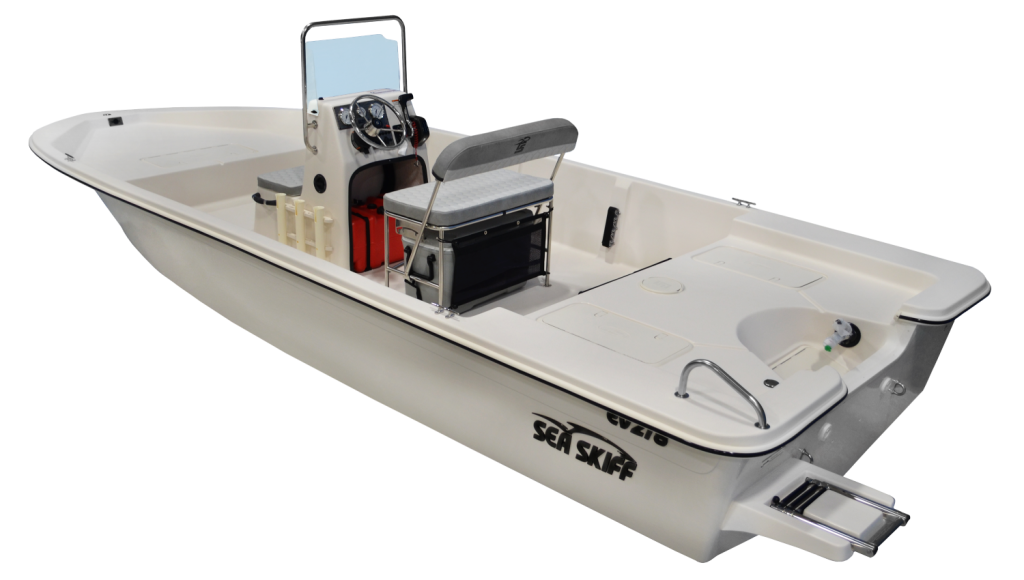But there are a couple of things anglers should know before they start spooling this high-tech angling solution on to their fishing reels.

Braided line’s biggest advantages are that it is super-slick and doesn’t stretch. But that can prove a challenge for anglers that have never loaded their reels with it themselves. Because it doesn’t stretch, the line doesn’t cling to the spool like traditional monofilament. Coupled with its inherent slick characteristics, this can cause the line to spin. To prevent this from happening, always start with a short (about a rod length) of 20-pound monofilament on the spool (unless your reel has an arbor stud that allows braided line to be held in place.) Several wraps of mono on the spool gives the braid a firm foundation and stops spinning. Connect your braided line to the mono using a uni- to uni-knot connection, and you are ready to spool up.
While spooling, you’ll want to apply steady, firm pressure to the line. By running the line through a wet cloth, you’ll be able to apply that pressure uniformly throughout the spooling process. The moist cloth helps distribute heat caused by friction and allowing pressure to be applied evenly over time. Letting up on the pressure for even a second can cause the line not to lay on the spool right, resulting in the line burying on itself and leading to a breakoff while fighting a fish.
When spooling, there is a fine line between over- and under-spooling your reel — both of which can lead to issues while casting. Try to fill the spool to within ⅛ of an inch to the rim. This prevents the line from hanging up on the spool (not enough line) or coming off the spool uncontrollably (too much line) on the spool.
When spooled properly, braided line can give anglers months of service without replacement. To prevent line-twist inherent in braided line after several trips, try stripping off the first 20-feet of line. Unlike monofilament line, most of the twist in braided line is absorbed by this first section of line. By cutting off and re-rigging your terminal gear, that twist — and accompanying break-offs — can be avoided.
For more practical fishing and boating tips in Captain’s Notes, visit www.carolinaskiff.com.





